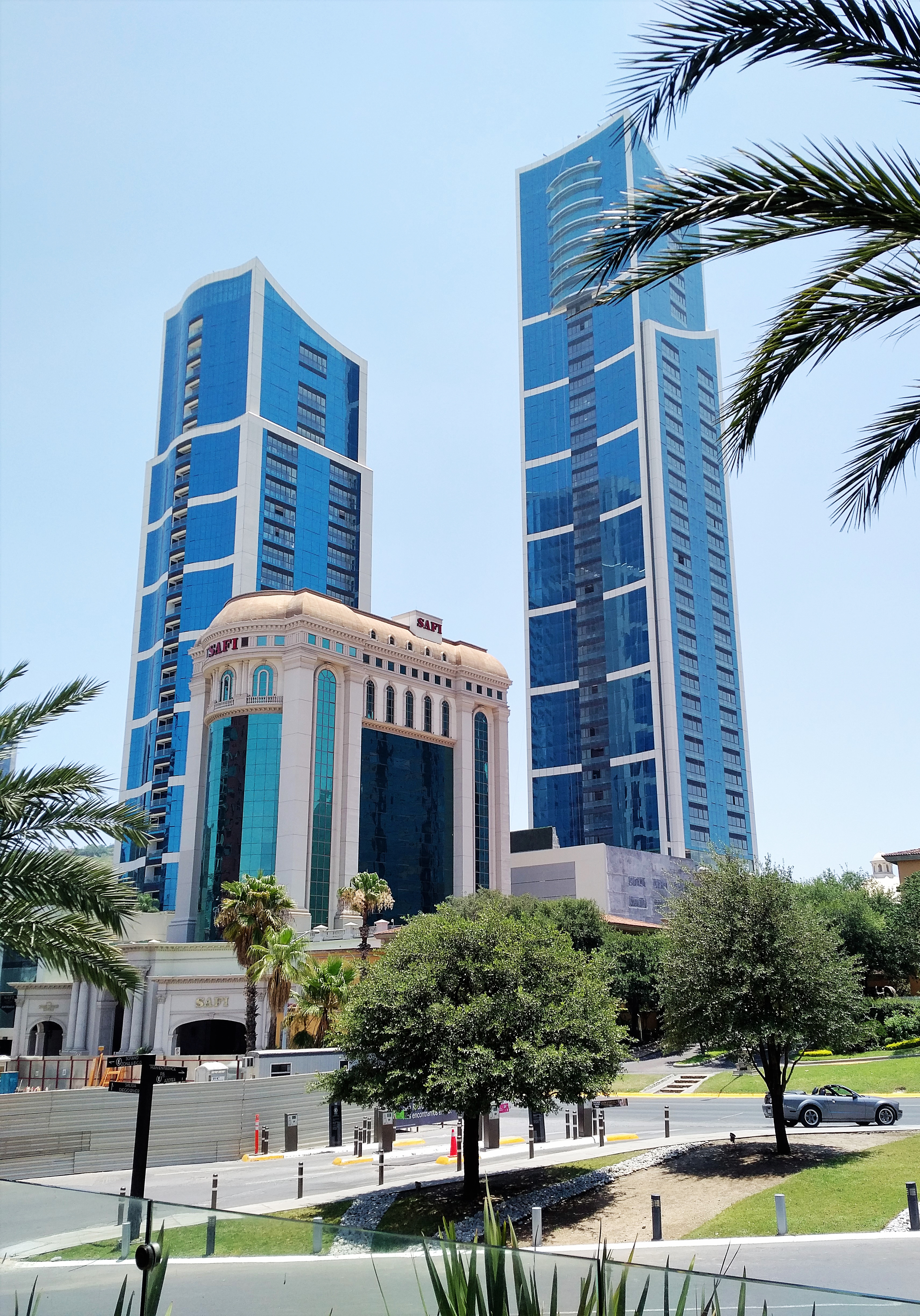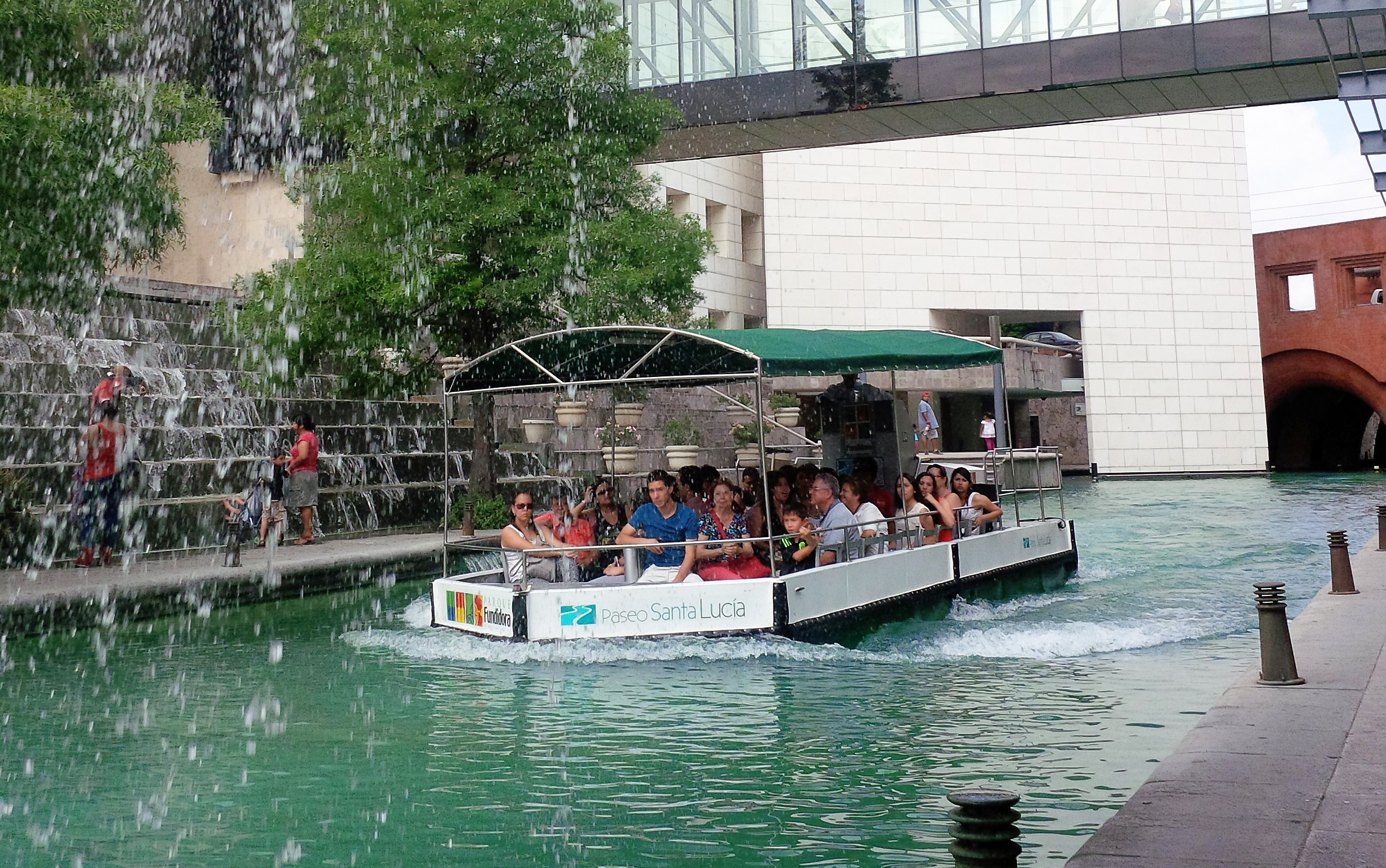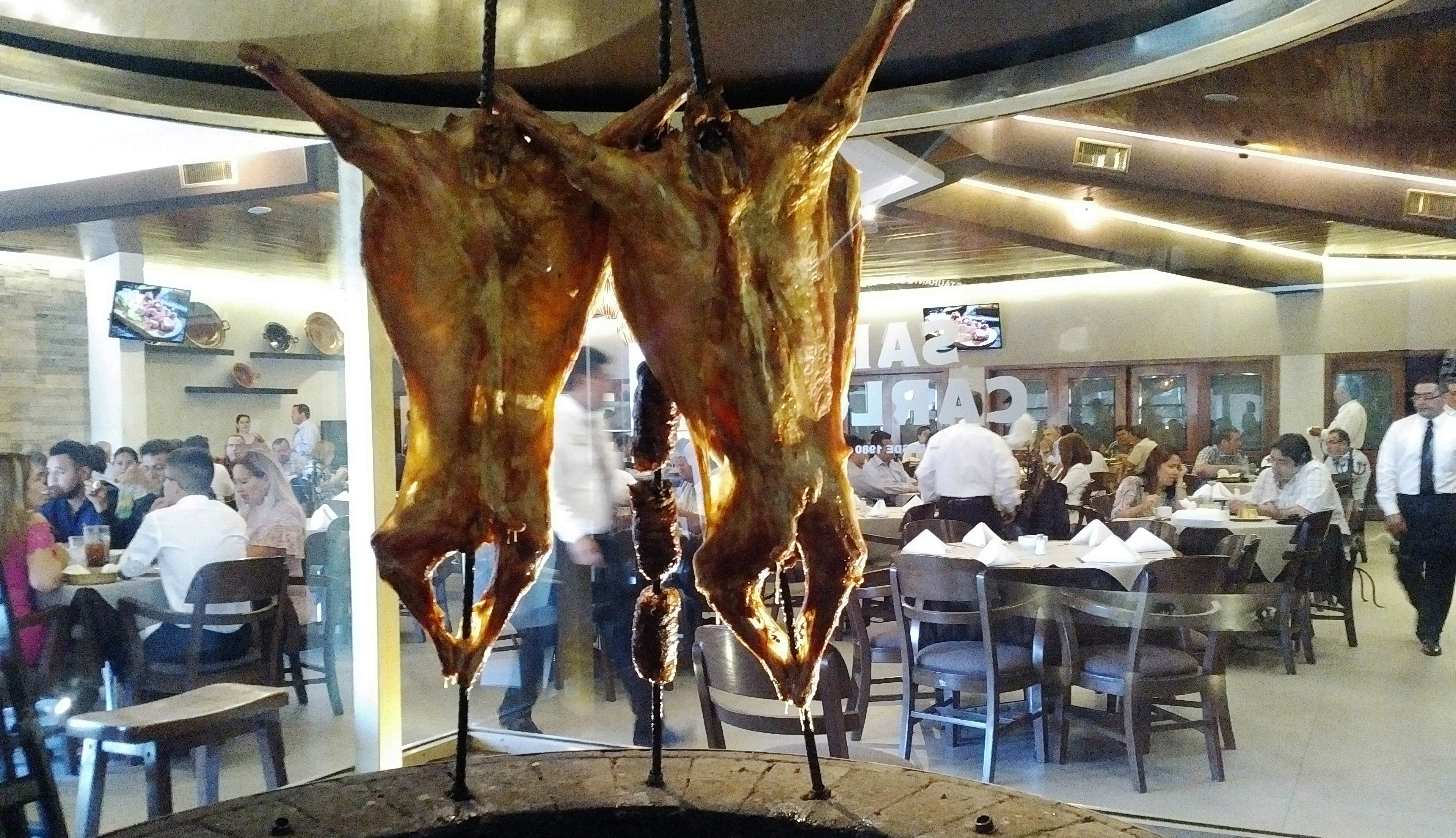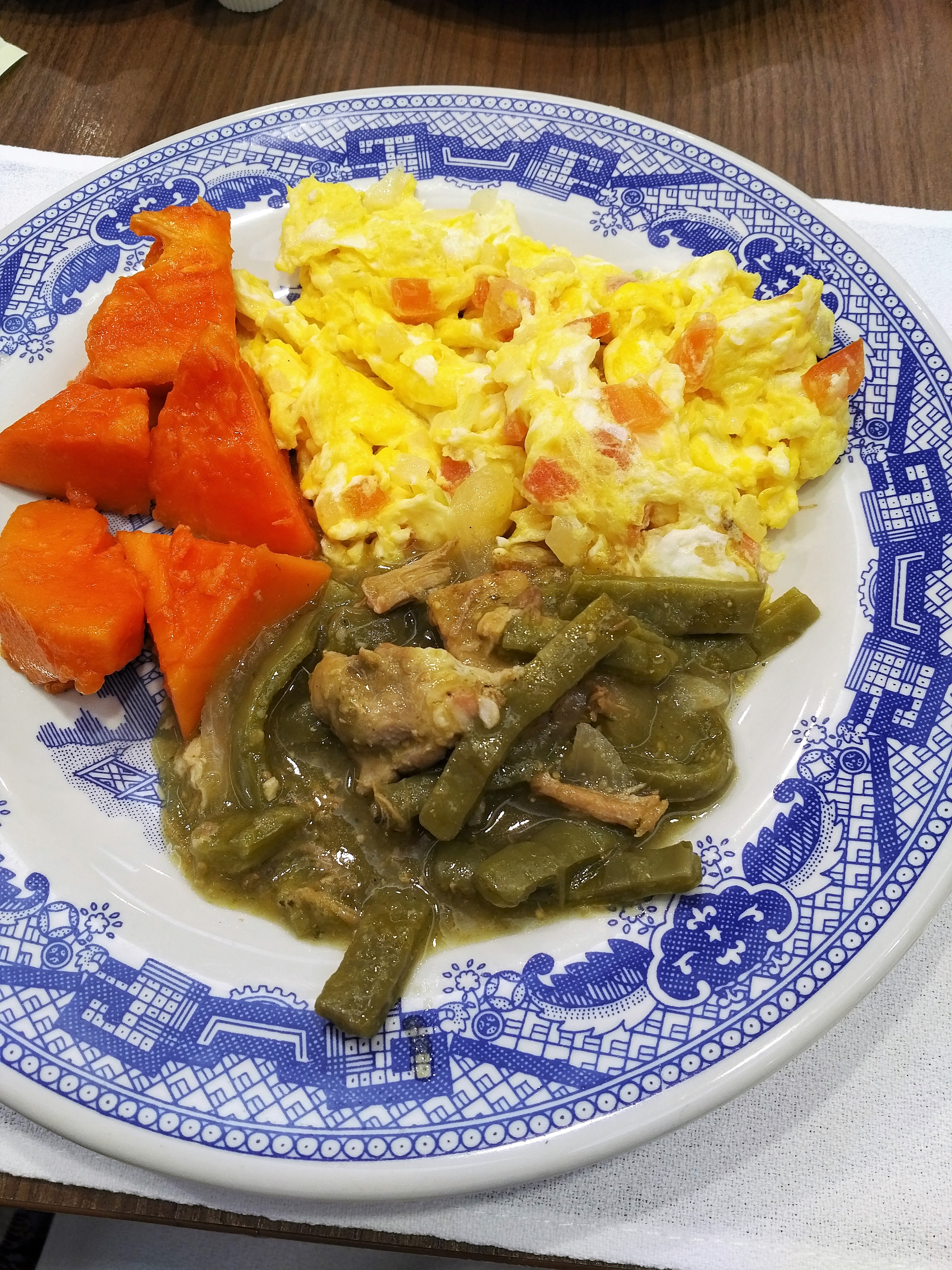MONTERREY — With the seventh largest public plaza in the world, a meandering river walk, world-class museums, an outrageous culinary scene, Mexico’s best universities and medical schools, the hip suburb of San Pedro and Chipinque National Park as its backyard, it’s hard not to have a good time in cosmopolitan Monterrey.
This vibrant capital of the northeastern state of Nuevo Leon is the country’s most American-looking city — and a best kept secret under the tourist radar — for now.
Mercer, the international human resources firm that measures the infrastructure, transportation and safety of cities around the world for their corporate clients, ranked Monterrey as having the best quality of life in Mexico in a 2017 survey. Corporations from around the globe in automotive, aerospace and manufacturing already occupy the buildings that shape Monterrey’s skyline and more will be coming soon.
That news was “musica” to my ears because Monterrey has bounced back after the dangerous drug-related years between 2008 and 2011 that temporarily slowed the progress of this lovely financial hub that’s home to 1.2 million hard-working inhabitants.


Above: Monterrey has sky scrappers like L.A. and a river walk like San Antonio, Texas.
And according to the United Nations’ annual World Happiness Report, the people of Mexico, especially in Monterrey, are among the happiest on the planet, right up there with Norway, Denmark, Switzerland and Canada. I found proof when I attended a grand family “boda,” or wedding, on my husband Louie’s side. Fuelled by a second dinner served in the middle of the night, guests, dressed to the nines, danced non-stop with the bride and groom until 6 a.m.
With each visit, I am charmed by the traditions here — like barbecues where men are not only kings of the grill, they also serve the women. And like an onion full of surprising flavours, I peel off more enticing layers of this city, especially in San Pedro (Monterrey’s Beverly Hills) where Louie’s cousin, Alejandro and his family live.
Monterrey looks a lot like Los Angeles, minus a coastline - freeways, traffic jams, modern highrises and Starbucks everywhere. But what Monterrey lacks in sandy beaches is replaced with the dramatic Sierra Madre Oriental mountain range. At almost 1,800 feet above sea level, San Pedro is at its foothills and is the gateway to the forests and beautifully maintained hiking trails of Chipinque National Park, Mexico’s best-preserved park with look-outs to the most romantic views of the city.
“When I was a boy,” Alejandro told us during a hike in the woods, “I used to take walks here with my father all the time.”
Monterrey is an urban paradise. From just about anywhere in the city I could glance up to its legendary mountain peaks, Cerro de la Silla, or Saddle Hill.
It’s no wonder everyone loves the outdoors here, especially along tree-lined Calzado del Valle, San Pedro’s main avenue where joggers and walkers shared the cushioned pathway, passing upscale apartments, shops, luxury car showrooms and so many restaurants that you can eat out every day for months and never go to the same place twice.
I admit that I had an ulterior mission while in Monterrey: I couldn’t leave without eating “cabrito,” the region’s traditional meal of roasted kid goat, a gastronomic holdover that originated with the area’s Jewish founders from Spain during the late 16th century.


Above: The people of Monterrey love their food and offer up some unique dishes and cooking methods.
Lunchtime was busy at San Carlos, one of many restaurants specializing in cabrito, where whole goats on the spit slow-cooked over simmering coals. I’ve never eaten goat this splendid. A lot of Canadians know this because they are regular clientele, Roberto, a staff member told me. The lean meat was extraordinary – light, tender, juicy and full of flavour.
In this arid, land-locked state, raising cattle, goats and sheep has reigned for centuries. Drying food was a preservation technique dating back to the indigenous Tlaxcalteca and carne seca, or dried beef, became another specialty of Monterrey. The super-thin sheets of beef practically tear apart on their own. Another favourite Monterrey dish is machaca, carne seca mixed with eggs.
We booked a room at nearby MS Milenium located across the street from the ritzy Plaza Fiesta San Augustine shopping mall where we escaped from the summer heat, wandered the shops and ate breakfast at legendary Sanborns department store founded in 1903 by California immigrant brothers Walter and Frank Sanborn. It is said that Mexican revolutionary leader Emilio Zapata’s troops had their first restaurant meal at the original Sanborns in Mexico City – where the slogan “Meet me at Sanborns” was born.
While San Pedro has evolved into Monterrey’s modern commercial hub, Macroplaza — Monterrey’s enormous pedestrian town square in the heart of the city — is the pulse of cultural immersion and a popular gathering spot. Built during the early 1980s, it’s a landscape of gardens and monuments like the fountain of Neptune, the Governor’s Palace, the public library and the 70-metre high Faro del Comerica, or Lighthouse of Commerce, that each night shoots a light beam into the sky.
Surrounding Macroplaza are Barrio Antigua, Monterrey’s 18th- century Spanish colonial neighbourhood; the historic Metropolitan Cathedral of Monterrey; and major museums – Museum of Contemporary Art (MARCO), Museum of Mexican History, Metropolitan Museum and Museum of the Northwest.
We also strolled along Santa Lucia Riverwalk, constructed in 2007, that’s another city jewel. Flowing three kilometres (with free wireless Internet access) it connects Macroplaza to Fundidora, Monterrey’s landmark steel foundry-turned museum and important educational centre (the foundry operated from 1900-1986). The revitalization also includes a sustainable urban park and a restaurant.
And overlooking the river walk is one of Canada’s authentic inuksuks, a gift from the Canadian government and the Monterrey chapter of the Canadian Chamber of Commerce on its 10th anniversary in 2007.
The beacon of friendship and peace was erected mostly with stones gathered from a local quarry.
It’s heart, however, was formed with two rocks brought from Canada by artist Bill Nasogoluak, its creator.
One came from the high Arctic.
The other from Toronto. •
• For information about visiting Monterrey, see htttp://www.visitmexico.com
• MS Milenium Hotel: http://www.hotelesmilenium.com
About the Author

Long before her first published article, Los Angeles-based Athena Lucero shared with an office colleague “A Funny Thing Happened on the Way to Heathrow Airport,” the title she gave to a humorous tale from her personal travel journals about all the things that went wrong on the last day of her first trip to London. “You should be publishing your stories,” the law firm partner chuckled. Eventually Athena followed that cue – and with unrelenting curiosity to discover the world, its people, their lore, traditions and cuisines – she left a rewarding position at an international law firm and turned her passion into a career of storytelling. From wine making on California’s Central Coast and the ancient vineyards of Lavaux in Switzerland; to tasting New Norwegian cuisine on a trek across Norway; from shushing down the slopes of Park City, Utah and snowshoeing, cross-country and alpine skiing through the Swiss Alps; to immersing her senses in the gaucho culture of Argentina; and discovering Monterrey, Mexico, the country’s most American-looking city whose inhabitants are among the happiest people in the world, Los Angeles-based Athena Lucero can always be found researching or scouting her next off-the-beaten path travel story.